Here’s what the Barzelletta poetry form is:
Barzelletta was a popular verse form utilized by Italian frottola composers, intended to entertain audiences with wit and rhythm, that has only rarely been applied to poetry outside of music.
It is a subgenre of the frottola, a type of music that preceded the madrigal as a popular form of Italian secular music.
So if you want to learn all about the Barzelletta poetry type, then you’ve come to the right place.
Let’s dive deeper into it!
- Stornello Poetry Form: Open Your Soul’s Diary
- Rispetto Poetry Form: Stir Compassion’s Well
- Italian Octave Poetry Form: Twist Your Thoughts
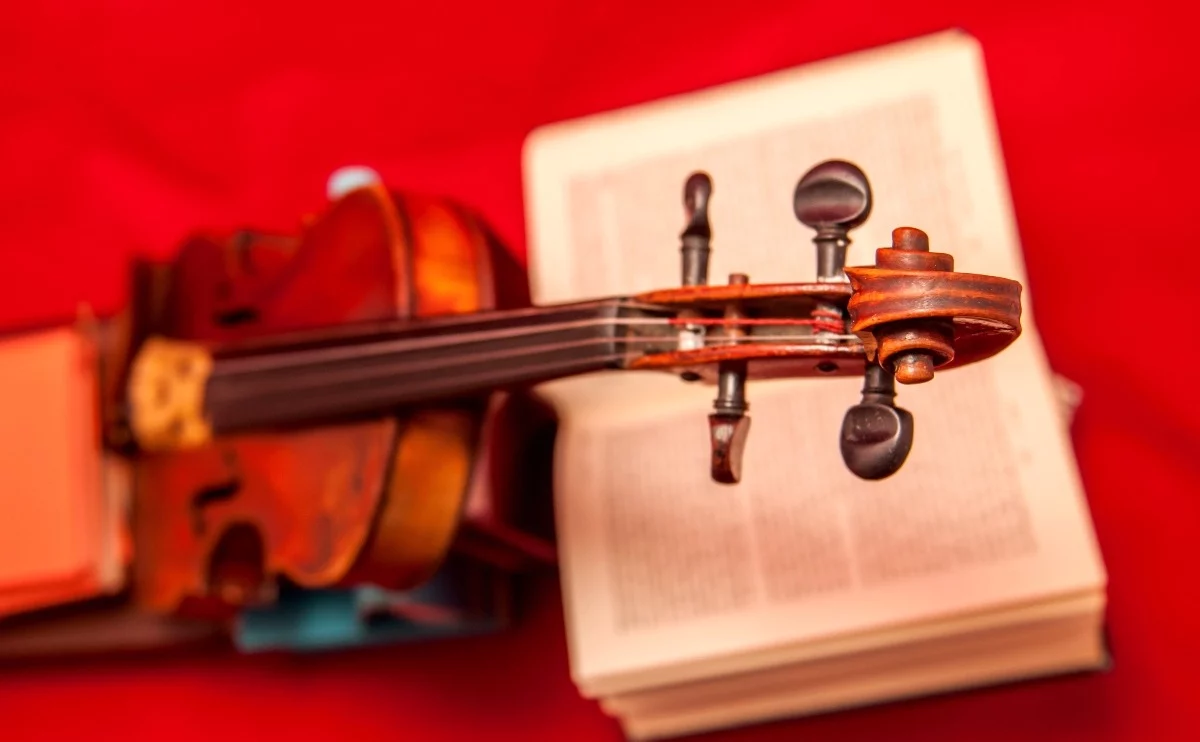
Forms of Poetry: Barzelletta
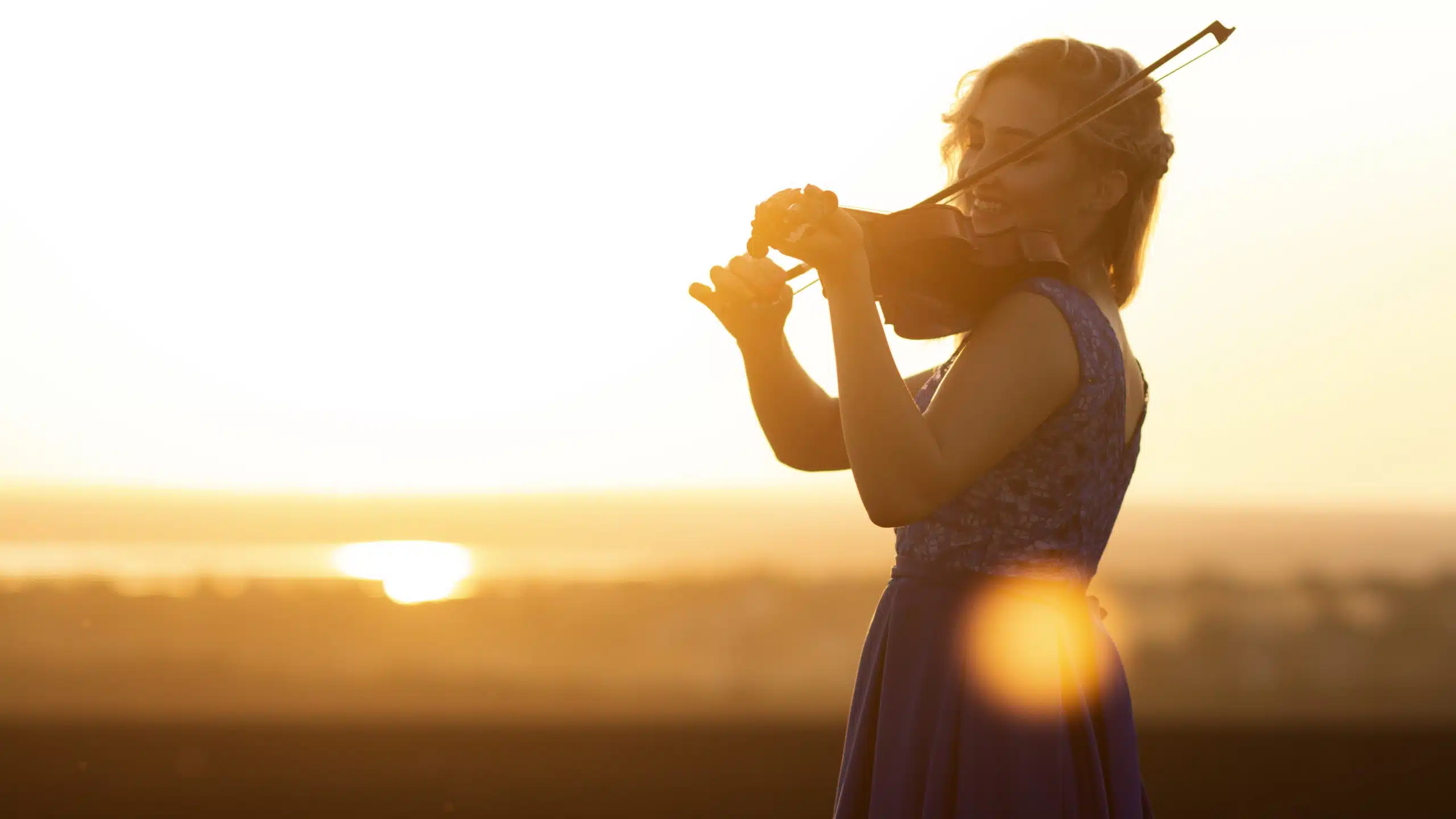
Barzelletta was a prominent verse form used by Italian frottola composers (with a frottola being a genre of song that was popular in the late 15th and early 16th centuries).
Frottole only peaked in popularity from roughly 1470 to 1530.
Though they were the main predecessor to the madrigal, barzelettas themselves have not had widespread historical representation.
It should be noted that a barzelletta is more closely related to music than to poetry since it was a form explicitly meant to be used for song lyrics.
However, that hasn’t stopped some sources from referring to frottole as poetic forms.
Basic Properties of Barzelletta
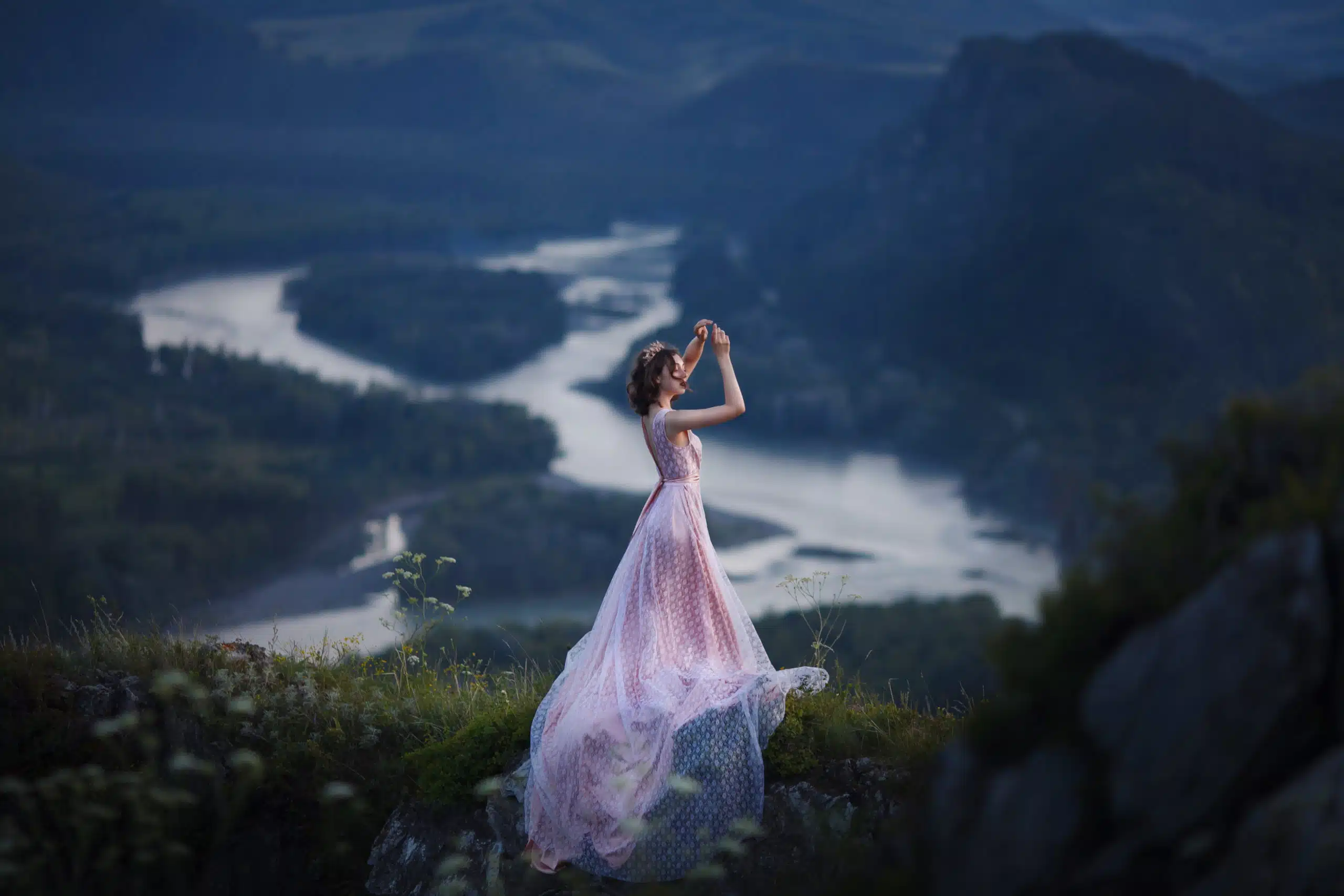
| Rhyme Structure | Expected but optional |
| Meter | Expected but can vary |
| Origin | Late 15th century Italy |
| Popularity | Peaked around the time of its inception |
| Theme | Intended for secular music; geared toward entertainment |
What Is a Frottola?
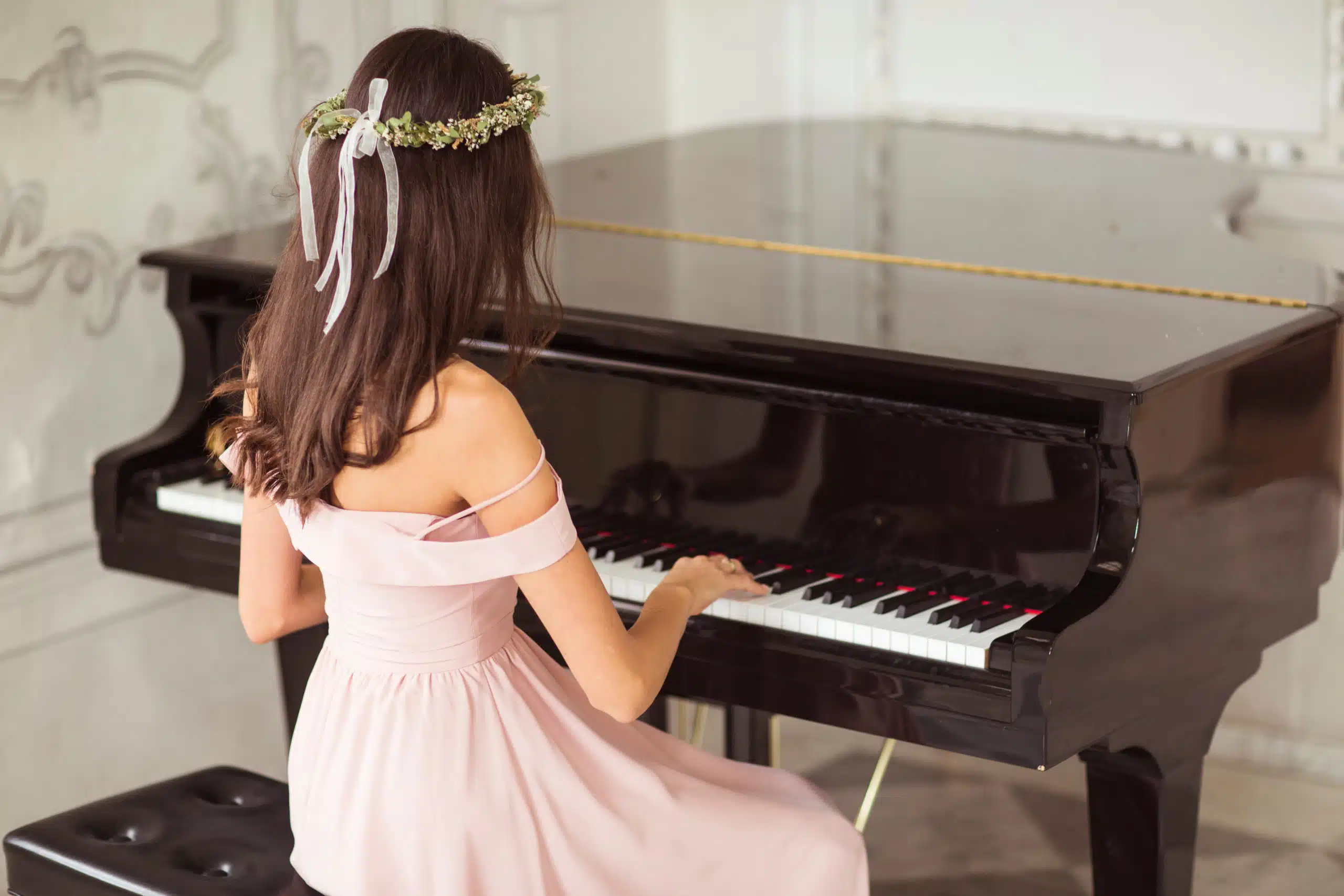
In order to understand barzelletta, we must first understand the larger category that barzeletta falls under and is used for, the frottola.
Frottole (the plural of frottola) were a category of songs that achieved popularity in Italy in the late 15th century.
They only maintained their status for about six decades before ultimately being replaced by their successor, the madrigal, which then remained popular well into the 18th century.
While sixty years doesn’t sound like much from a historical perspective, it was enough time for several subcategories to emerge, including the barzelletta.
Frottole were sung by groups of three or four singers, each with their own role within the song.
Musical accompaniment, usually by lute, was likely common, though sources from that time are scarce.
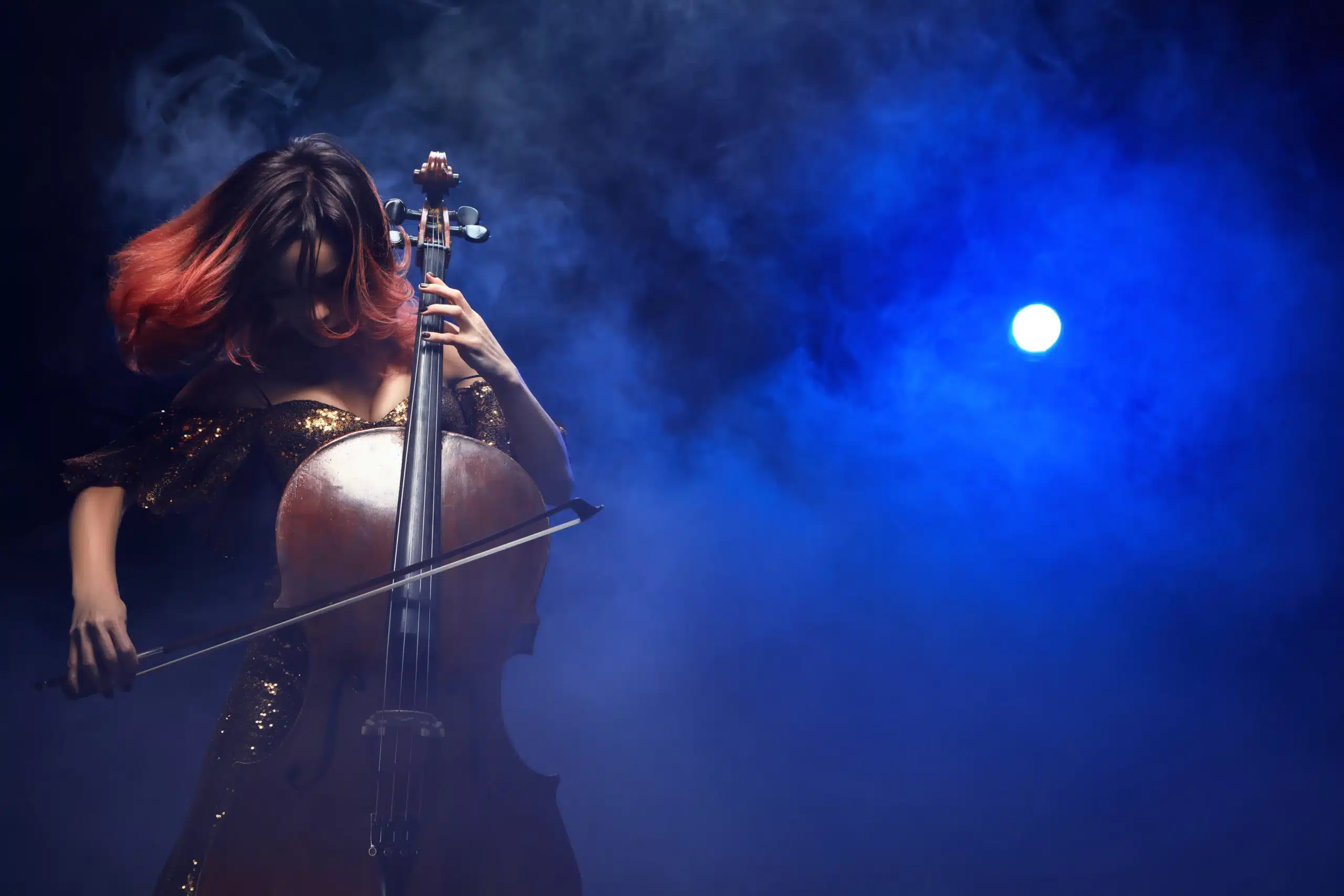
Famous composers of frottola included Marchetto Cara and Bartolomeo Tromboncino, the most significant proponents of the genre.
Historically speaking, they are most relevant for their role in preceding and influencing the more long-lived madrigal.
But it should be remembered that they were the single most popular genre of secular songs in Italy, even if it was for a limited period of time.
Keep in mind that 60 years is roughly the same amount of time that took us from the start of World War I in 1914 to the resignation of Richard Nixon in 1974 following the Watergate scandal.
Being the most popular genre of music for 60 years is not an insignificant feat.
What Is Barzelletta?
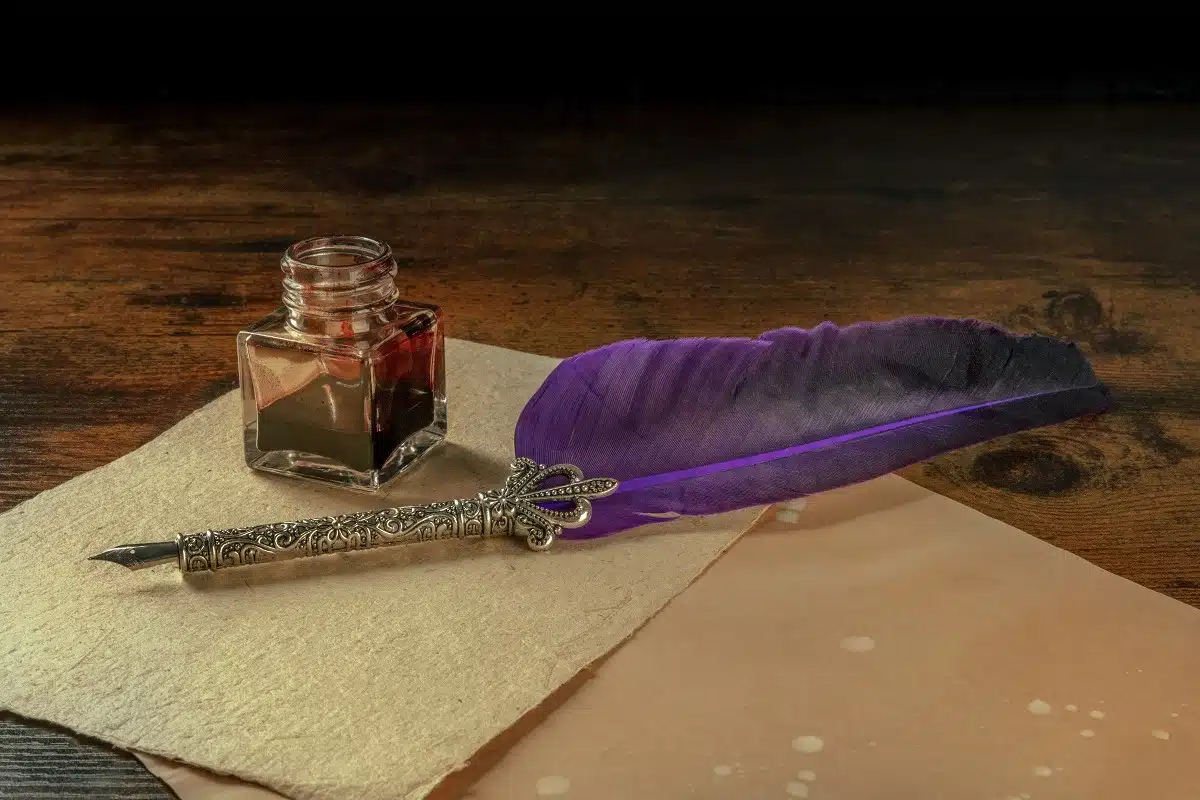
Barzelletta is a verse form that was used in frottole.
Barzelleta was typically written in trochaic tetrameter, but modern interpretations have become a bit more complicated.
Putting it bluntly, the “right” way to write a barzelletta (if there ever was one) has been lost to time.
The most consistent features mentioned in sources now include metered rhymed couplets (usually Iambic or Trochaic), with an emphasis on playfulness and potentially internal rhyme.
The goal is to be witty or entertaining, or occasionally instructional.
The modern interpretation of barzelletta usually hinges on utilizing any number of couplets as the base for the poem.
However, it should be mentioned that the original form seemed to prefer quatrains with rhyme schemes of either ABAB or ABBA.
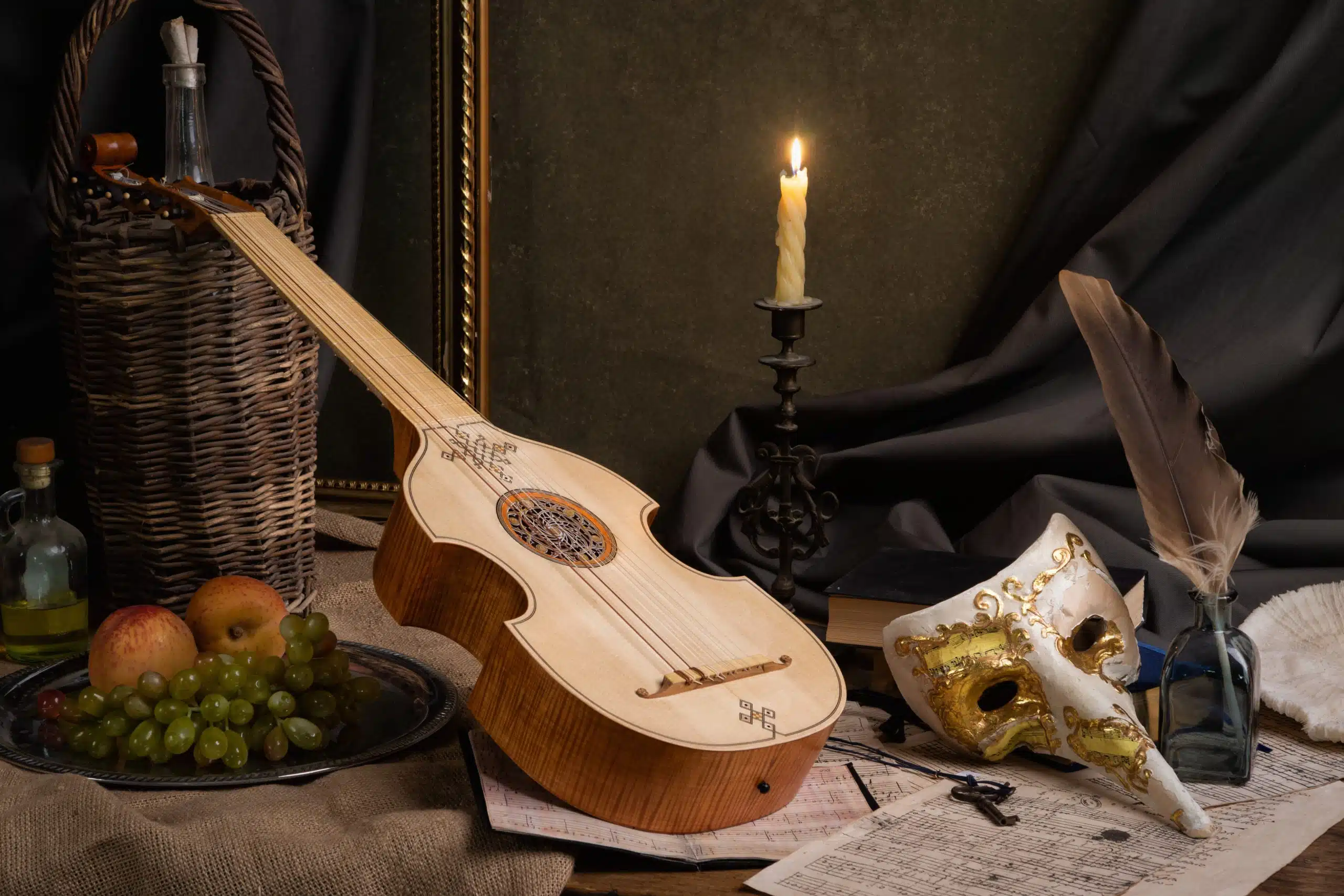
Any number of the standards may be altered or loosened, with there seemingly being no preestablished way to write a barzelletta in English, aside from some general understanding that it should be witty and lyrical.
Attempts have been made to standardize a ruleset, but with so few examples in English, none have as of yet been successful.
As such, the following example should be considered one of several ways to interpret the form, rather than a fixed guide.
This example utilizes styled couplets with internal rhymes. End rhymes are employed in an ABAB structure, making this a hybrid of a few different interpretations.
Example of Barzelletta
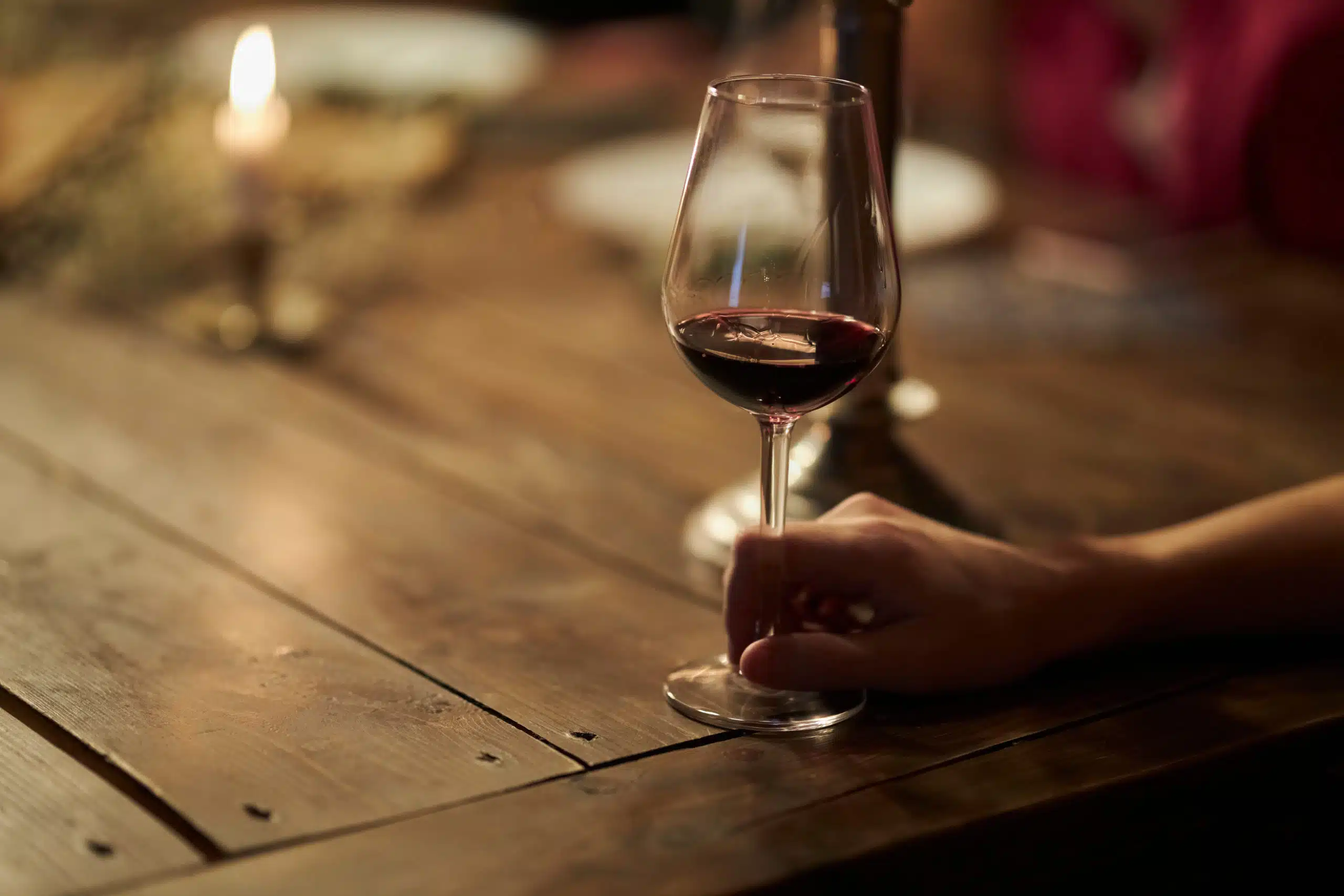
Lass at the Bar
She rounds the corner four times more,
her heart to store a man within.
She finds each one to be a bore
and pours another round of gin.
What lucky gent can sway her core?
She goes through four and tries again.
In this example, each line uses the end sound from “more” at either the end of the line (if an odd-numbered line) or internally (if an even-numbered line).
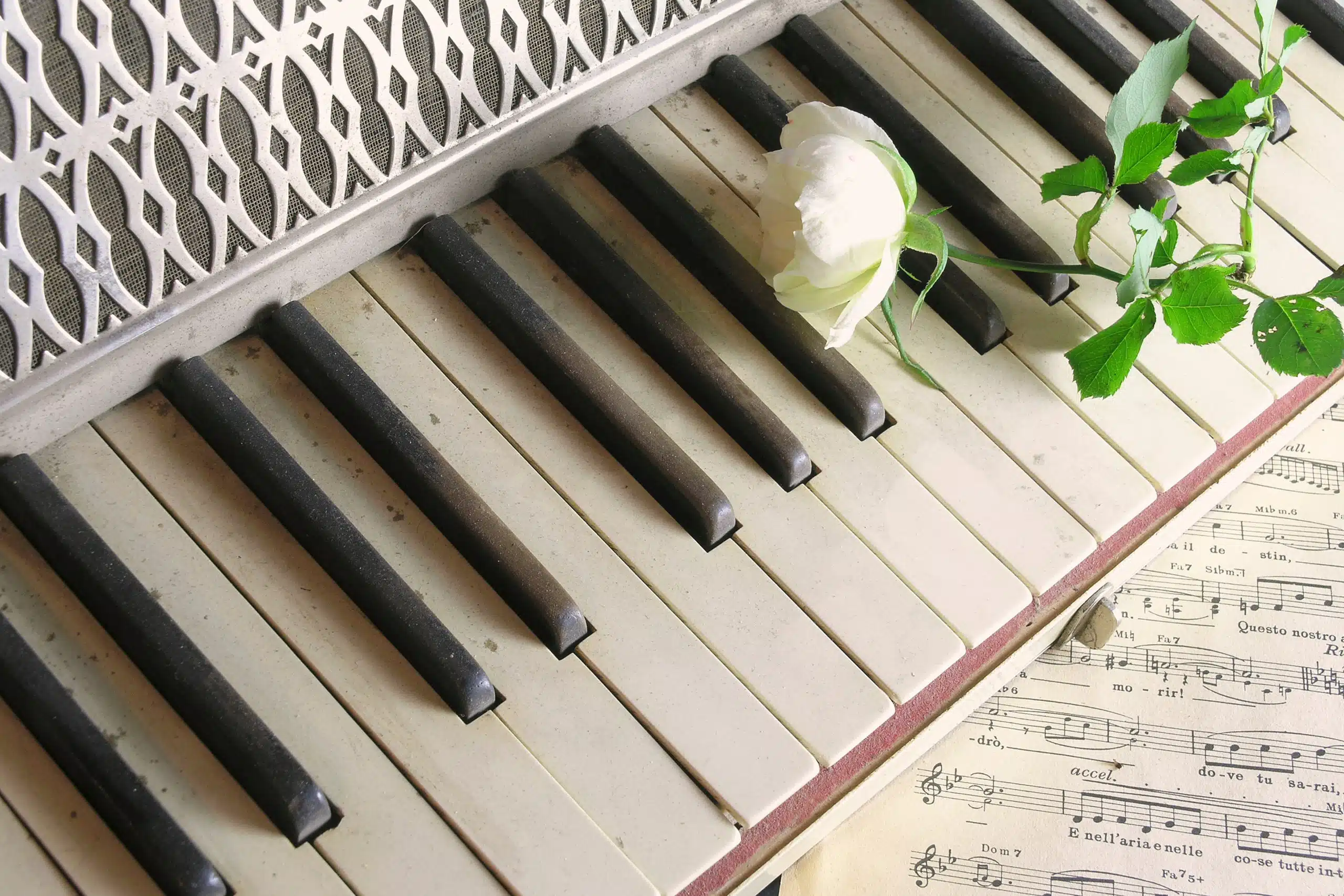
The other end sound from “within” features as the end sound of each even-numbered line. Each line is exactly eight syllables, utilizing Iambic meter.
While this “couplet barzelletta” appears in a few sources, the original Italian form utilized a combination of a reprisa and a volta to form verse with clearly divided sections that tended to prefer quatrains and sometimes sestets.
It’s unclear exactly where all the different interpretations of the barzelletta come from initially, but the core premise of creating witty, entertaining lyrics has at least remained consistent across the board.
Tips for Writing a Barzelletta
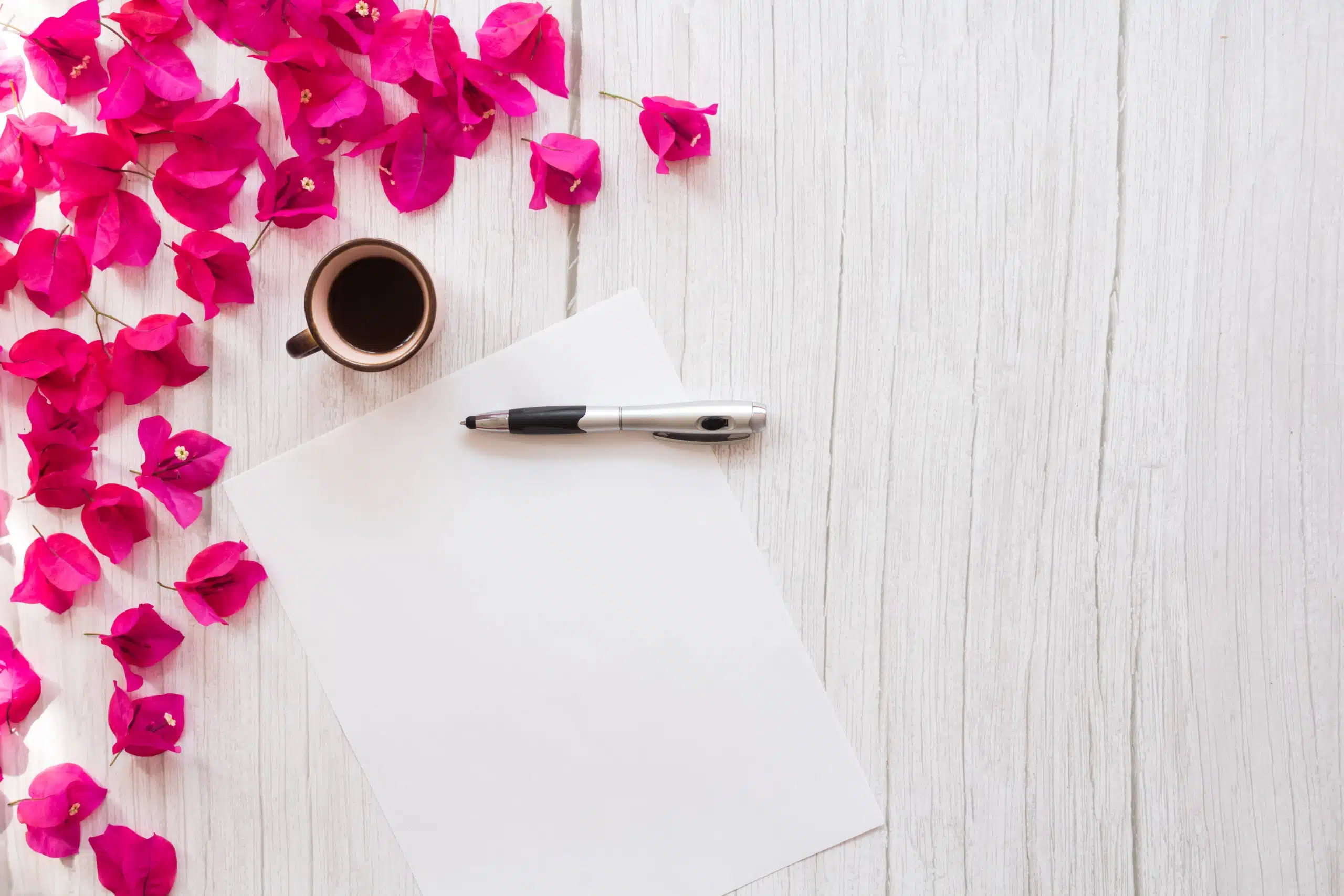
Calling barzelletta an established form of poetry in English would be a stretch at best and an outright lie at worst.
Rather than obsess over capturing some mythical “correct” version of the standards used across the verse form’s history, it would be more effective to create your own amalgamation of the techniques associated with the form.
If you will use a rhyme scheme, try to stick to ABAB, ABBA, or something similar and simple.
The simplicity of the rhyme scheme makes it easier to work with, since you can form up a mental rhythm as you write, and it stands out when the poem is presented orally.
If you will not use a rhyme scheme, resign yourself to internal rhyme, since the form did originate as a musical form and requires that you pay some respect to the rhythm.
Crucially, remember the historical context of the form.

Imagine yourself at some social gathering, listening to popular singers recite the lyrics of your barzelletta to an upbeat tune played on a lute.
This is a poetry form meant to lift spirits and set the tone for a party.
Therefore, don’t restrain yourself from some unhealthy obsession with making all poems deep and meaningful, and complex.
Your audience should be smiling and laughing, not trying to analyze the colors of the objects in your poem for hidden meanings.
This is not academic poetry but secular verse.
Focus on writing something fun.
Poet’s Note
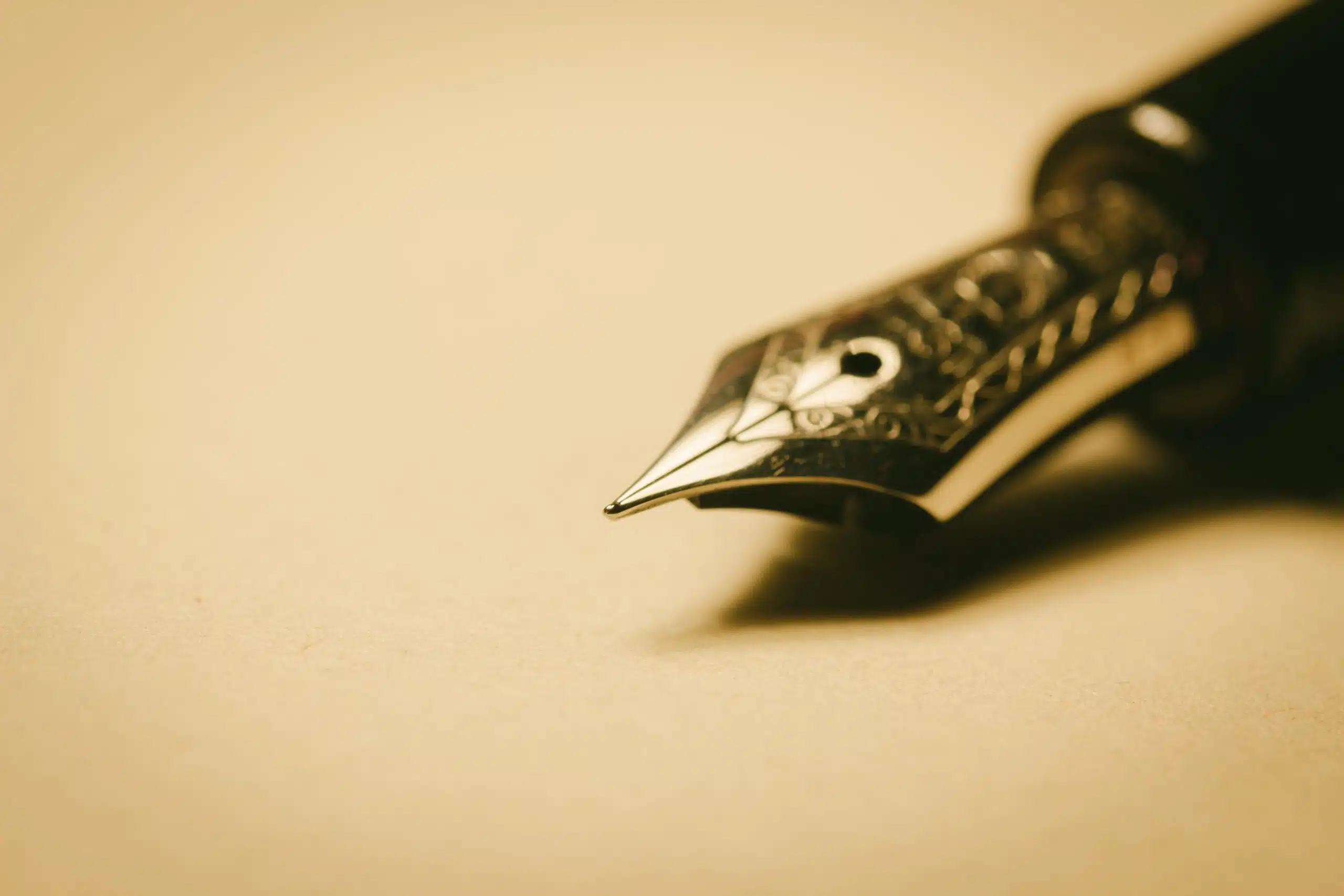
I have a personal theory that some scholars saw this form mentioned in a book somewhere, described as having “verses” and just assumed it was a formal poem instead of a song format.
Seriously, try to find consistent sources about this form in English. I dare you.
Comprehensive Collection of Poetry Forms: Craft Words Into Art
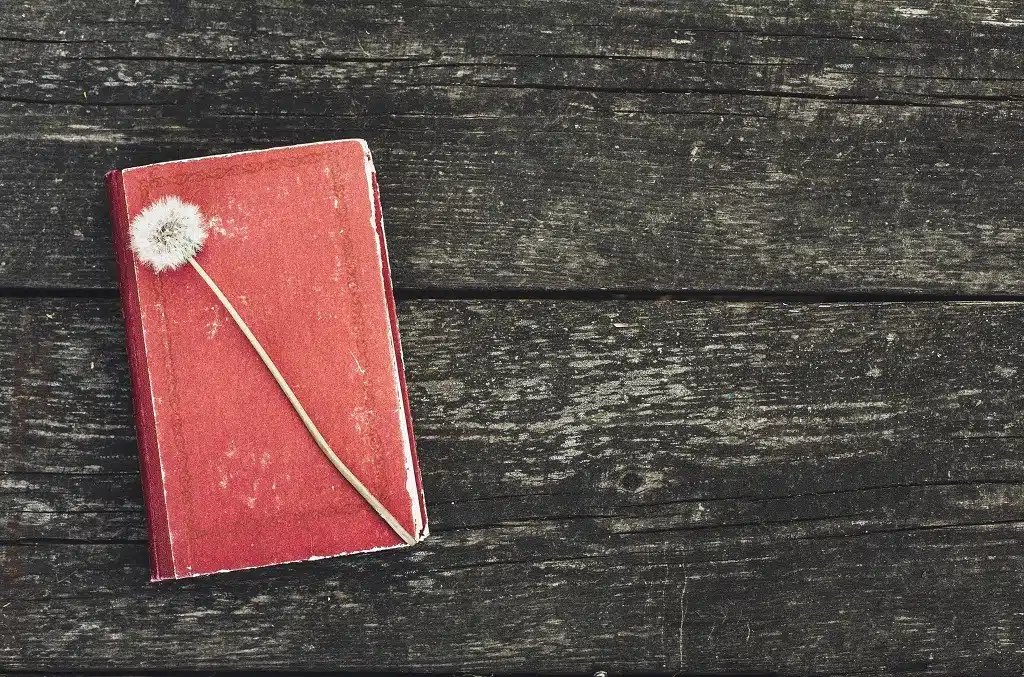
Dare to traverse the entire spectrum of poetic forms, from the commonplace to the extraordinary?
Venture from the quintessential Sonnet to the elusive Mistress Bradstreet stanza, right through to the daunting complexity of Cro Cumaisc Etir Casbairdni Ocus Lethrannaigecht.
For those with a zeal to encounter the full breadth of poetry’s forms, this invitation is yours.
Start exploring the vast universe of poetic ingenuity with our comprehensive array of poetry forms right now!
